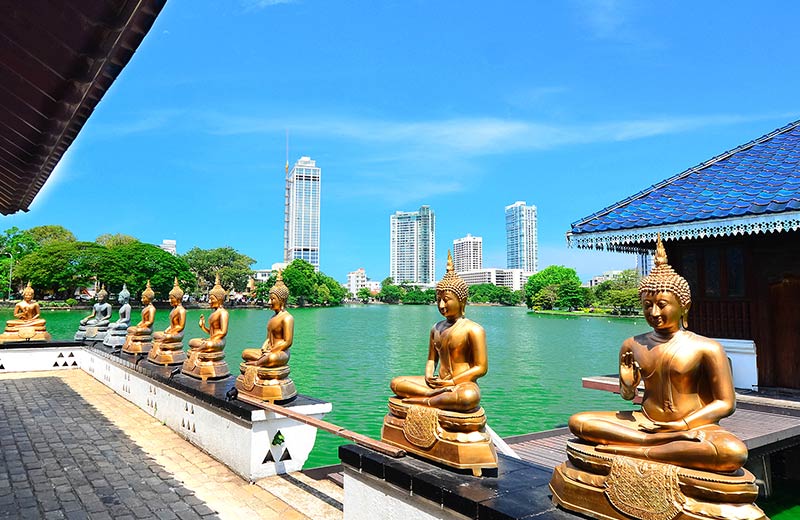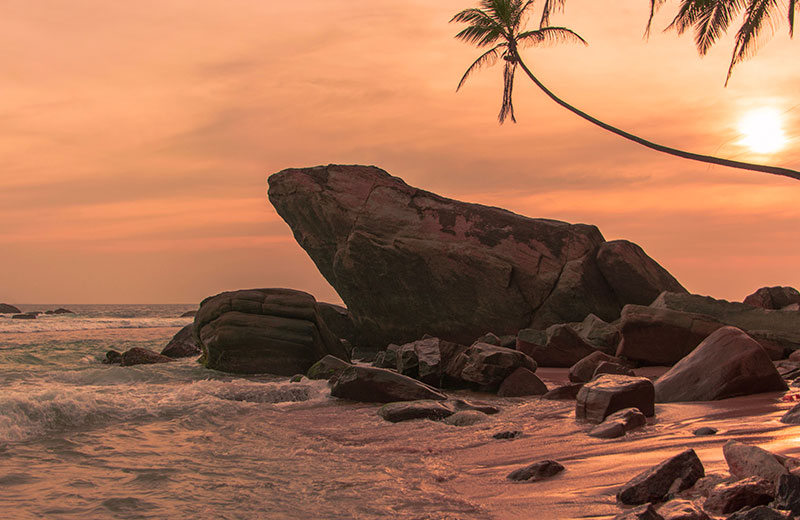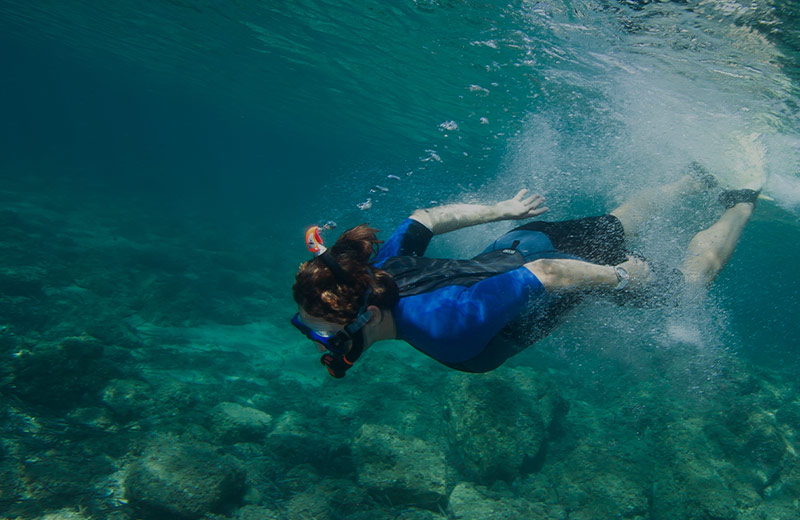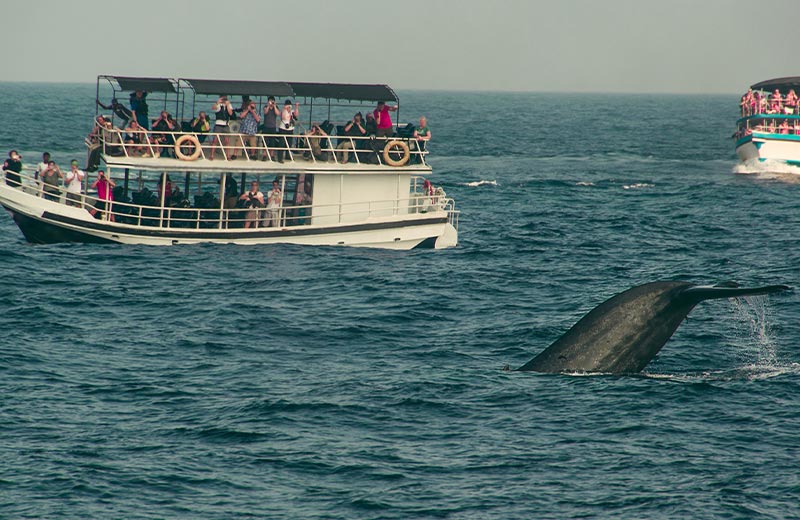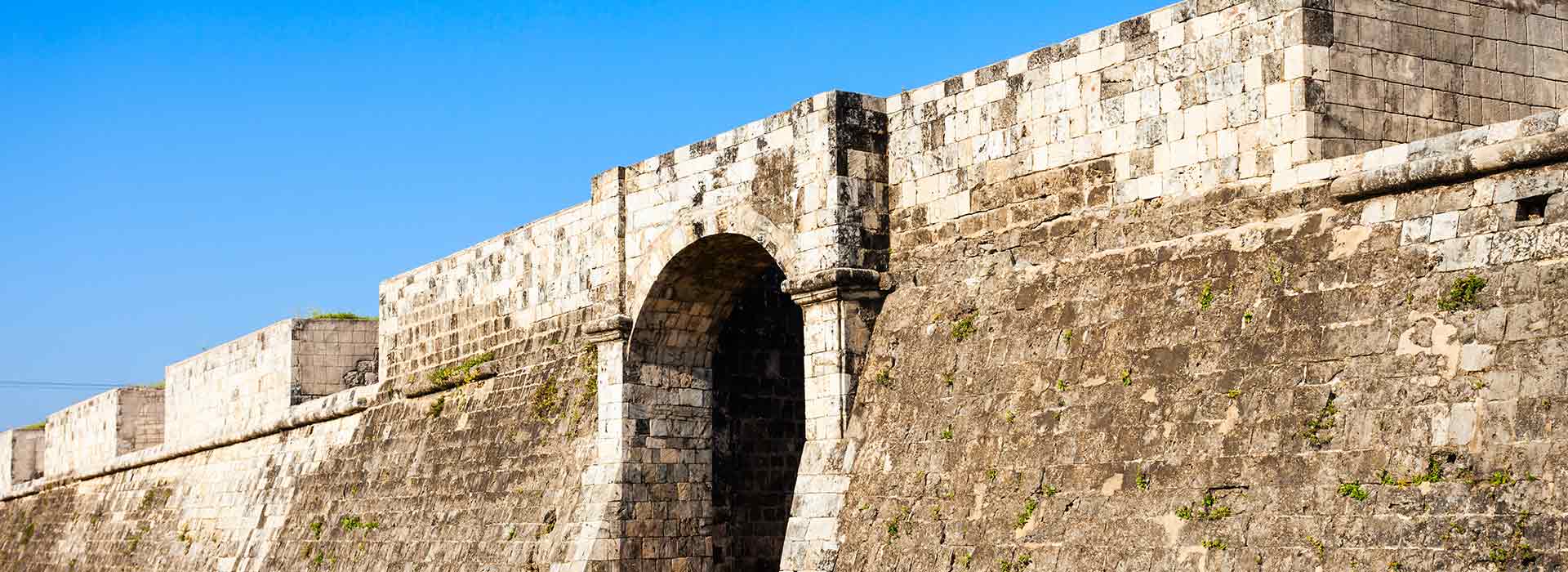Journey Throughthe Ancient Northern Kingdom
Lying at the tip of the island, the city of Jaffna was once the stronghold of the north and then a significant colonial outpost. Today, it is a thriving city that displays an eclectic mix of history, faith and culture.
The famous traveller Ibn Battuta, when visiting the island of Sri Lanka in the 14th century, chronicled that the domain of the Kingdom of Jaffna extended from the modern-day city to the west coast hamlet of Puttalam, which was at the centre of the rich pearl trade industry.
Much of the rich and illustrious history of the Kingdom of Jaffna is documented in chronicles such as the Mahavamsa, and the Manimekelai. The city is home to several monuments that allow you to reimagine a kingdom of old ruled by native kings, invaded by South Indian kingdoms, and eventually colonised by European powers.
Explore the remains of the Jaffna Kingdom
Start your tour of the city from the suburb of Nallur, on the Jaffna-Point Pedro Road, and you will come across an interesting monument. The Cankili Thopu Archway is an ancient vestige that enables one to reimagine the Jaffna Kingdom of the 16th century. The archway is the only preserved remnant of Jaffna Kingdom’s royalty. It is believed that the façade is the main entrance to what was once the Royal Palace of the last king of Jaffna, King Cankili II. Just a few metres away from the elaborate façade is what is believed to be the foundations of another part of the royal palace, indicating just how large the place was.
Along the road are many other edifices from the latter era of the Jaffna Kingdom. The ‘Mantri Manai’, or the abode of ministers, is believed to be the building in which the king’s ministers would meet and confer. It was eventually occupied by the Portuguese and Dutch as an administrative building after the fall of the Jaffna Kingdom in 1624. This is why the building displays not only Dravidian architecture, but also a hint of European styles.
The golden statue of King Cankili II proudly stands at the Muthirai junction. The statue was placed to honour his efforts as one of the key figures who attempted, but failed, to drive out the Portuguese in 1619.
The Ornate Nallur Kovil
Since Nallur was once the capital of the Jaffna Kingdom, the suburb is rich in religious monuments like the Nallur Kandaswamy Kovil. One of the largest and most ornate Hindu temples in the country, the kovil has a history that goes back to the first king of Jaffna, Kalingha Maga in the 13th century. Dedicated to Lord Murugan (the Hindu deity of war), the temple has gone through some turbulent times over the years. It was destroyed and rebuilt many times during the period between the 16th and 19th centuries.
Colonial Era Jaffna
Your next stop should be the unique Jaffna Fort. Built in the year 1625 by the Portuguese colonizers, it was commissioned by Major Felipe De Oliveira and was named the Fortress of Our Lady of Miracles of Jafanapatão (Fortaleza de Nossa Senhora dos Milagres de Jafanapatão), due to the miraculous powers of the statue of the Virgin Mary within the complex. What makes this fortress unique is that it is built in the shape of a star, following Vauban lines (a style of fortified building). The subsequent Dutch and British colonizers understood the importance of the fort and only made a few changes to the complex. Even today, many of its original structures still stand, apart from a few that are dilapidated due to being exposed to the elements.
Once you have had a walk around the fort, proceed over the Pannai Bridge and arrive on the island of Velanai, which is sometimes mistaken for Kayts. While the peaceful villages on the island offer a rather scenic car ride, the boat ride to the isolated Fort Hammenhiel is what truly captivates. The complex, now a hotel, was once an important colonial outpost dating back to the 17th century, when it was primarily used to watch the shipping lanes.
The island of Delft is strongly associated with events that took place in the 17th century. Once a stronghold for the Europeans, the island is now isolated with just a few inhabitants. However, what it lacks in activity is made up by interesting edifices that narrate stories of old. Monuments such as the limestone fortress, stables, and the dovecote offer a glimpse into what life was like during the time.
Faith & Culture
The island of Nagadipa, also known as Nainativu serves as one of the more important cultural symbols in all of Sri Lanka, as it is documented as one of the places that the Lord Buddha visited when he arrived in Sri Lanka for the second time. As the story goes, during the 6th century BC, the Lord Buddha settled a dispute between two warring clans of the Naga tribe, which could have led to the decimation of the tribe altogether. By preaching the virtues of compassion, peace and forgiveness, all-out war was averted. The Nagadipa Purana Viharaya was constructed in the area he preached. Even today, many Buddhist devotees travel from various parts of the island to perform rituals here. Moreover, the Nagapushani Amman Kovil is a place of worship for Hindus and has roots deeply connected to the Naga traditions of the 6th century BC.
Jaffna’s more recent history is one of conflict and hardship. However, the city is slowly but surely recovering from the scars of war and is once again poised to take its place as one of the significant cities in the country. The long and tumultuous past of Jaffna means it is an extremely interesting place to visit, as there is so much history, culture, heritage and spirit packed into one place.


